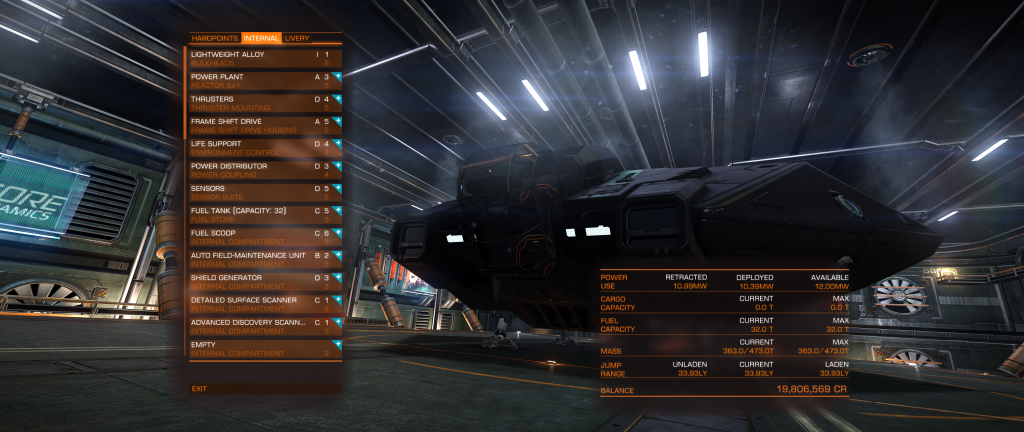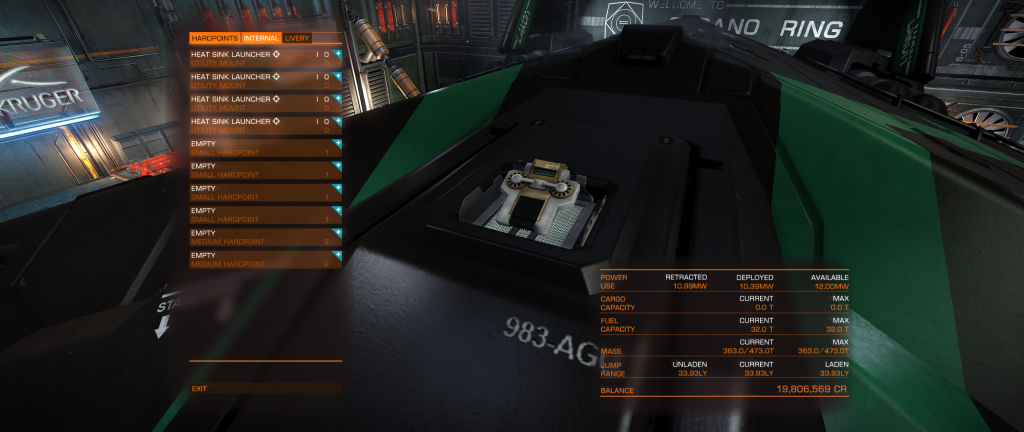Brilliant, thanks. I'm very close to that system already - I'm on my way to nearby HIP 19039 where I think there are also several Rocky/CFTs.
I think I've found an upper boundary on CFT planets - found an HMC planet which should have been CFT (it had a satellite CFT water world) which was 5 Earth masses so it looks like CFT planets must be under 5 Earth masses.
I also think there's a lower limit around 0.1 Earth masses. (As always I'd welcome evidence to the contrary!)
Put together they should help us identify CFT planets more easily, especially if we can find more evidence to lower the upper boundary.
Also, we should be able to establish an absolute range of values for CFT planets if this is true.
Found a huge Ammonia World if your looking for Top and Bottom end!
HIP 8693 16
MASS 103.9279
RADIUS 23,625KM
SURFACE PRESSURE 26,300.68
https://www.dropbox.com/s/bix2fjjcox..._0042.bmp?dl=0


